5 ways to relieve menstrual cramps
How to soothe those monthly aches and pains
Updated on September 7, 2023
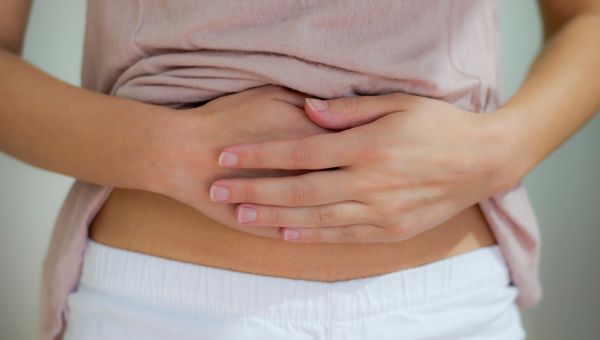
Everyone’s period is different—some people may get a few extra pimples but otherwise feel fine, some may become irritable and anxious, and others can experience stomach issues. But one of the most common symptoms is cramping, experienced by more than half of people who menstruate. Also known as dysmenorrhea, these cramps, which are caused by chemicals in the lining of your uterus called prostaglandins, usually last at least one or two days a month.
At their most severe, menstrual cramps can make it hard to work, play, or even get out of bed. Here are some ways to dial down the pain:
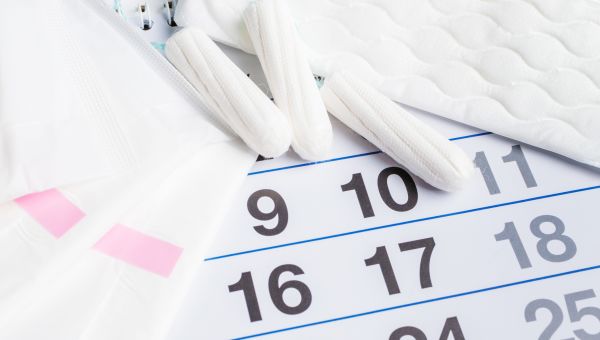
There Are Two Kinds Of Dysmenorrhea
Dysmenorrhea is described as either primary or secondary. Primary dysmenorrhea is cramping that typically begins during the teenage years, soon after your first period and around the time when ovulation becomes regular and you start having a predictable cycle. The pain usually arrives a day or two before your menstrual flow begins, and lasts for a couple of days. Primary dysmenorrhea often gets better as you age, especially after childbirth.
Secondary dysmenorrhea can begin later, and is caused by reproductive conditions such as endometriosis, fibroids or pelvic inflammatory disease. The pain lasts longer than primary dysmenorrhea—it usually starts a few days before your period begins and often lingers for several days after it stops.
OBGYNs can determine the cause of dysmenorrhea based on your health history, an exam and certain diagnostic tests, such as an ultrasound. But no matter which type you have, here are some ways that may ease the discomfort of cramps.
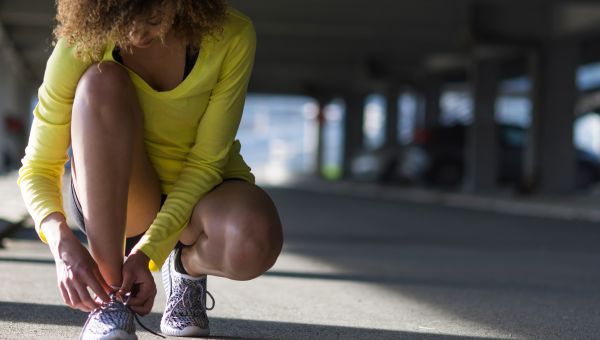
Get Moving
There are so many benefits of exercise that have nothing to do with periods—regular workouts can lengthen your life, lower your risk of heart disease, help you maintain a stable weight, keep your brain sharp, and more. And some evidence suggests that working up a sweat can also ease menstrual cramps.
Even though it can take some extra effort to go for a walk or to the gym when you’re experiencing cramps, it can help you feel better afterwards. Workouts that engage your mind and body, such as yoga and tai chi, are proven to help reduce pain. A good rule of thumb? Strive for at least 150 minutes of moderate physical activity, 75 minutes of high-intensity aerobic activity or a combination of both every week. If you’re able, try squeezing in strength training two days per week, too.
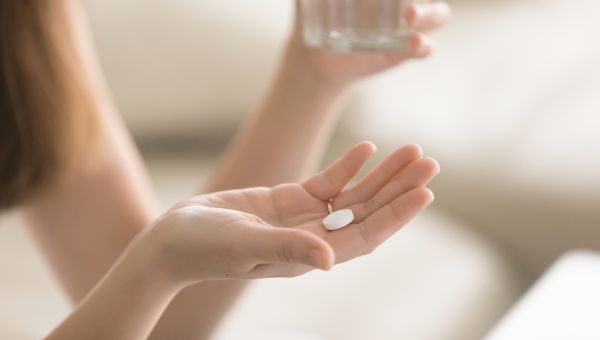
Ask Your HCP About Pain Relievers
It may not be surprising to hear that one of the best ways to relieve cramps is to take over-the-counter pain relievers, including nonsteroidal anti-inflammatory drugs (NSAIDs) such as naproxen and ibuprofen, which can dial down your body’s production of pain-causing prostaglandins. Talk to your health care provider (HCP) to see which pain reliever is best for you.
Generally, these medications work best when they’re taken at the first signs of pain, or as soon as menstruation begins. They’re usually needed for only one or two days. If you have certain health conditions like a bleeding disorder, asthma, an aspirin allergy, liver damage, stomach issues or ulcers, ask your HCP about whether you should steer clear of NSAIDs, which may worsen these conditions.
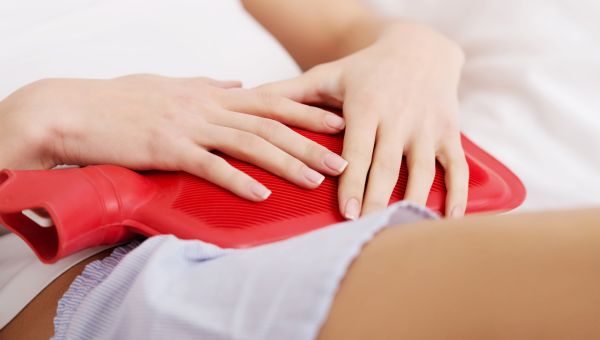
Take A Warm Bath Or Use A Heating Pad
In general, pain during your period is caused by the contractions that expel the lining from your uterus each month (prostaglandins are needed to trigger those contractions). Applying heat to your abdomen may increase the blood flow and reduce those contractions. Heat therapy may also activate certain heat receptors in the uterus, which may help reduce pain, as well.
Placing a hot water bottle or heating pad wrapped in a towel on your lower abdomen may soothe your discomfort (some studies suggest that using heat with ibuprofen may help ease your pain more quickly—check with your HCP if ibuprofen is right for you). Another way is to let the heat surround your body by soaking in a warm tub with Epsom salt or your favorite bubble bath.
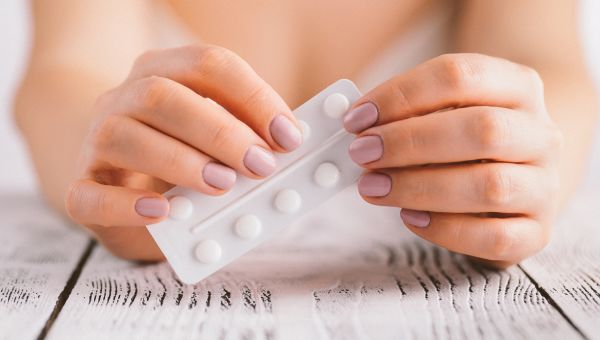
Discuss Other Medical Options
If you have very painful menstrual cramps, especially cramping that’s caused by endometriosis, your OBGYN may suggest hormonal birth control (either a combination of estrogen and progestin or just estrogen). When you’re on birth control, your uterine lining becomes thinner; as a result, you may experience less painful uterine contractions and reduced bleeding. Options for hormonal birth control include the Pill, implants, injections, a vaginal ring or hormonal intrauterine device. Talk to your OBGYN about the birth control option that’s right for you and your symptoms.

Mayo Clinic. Menstrual cramps. Accessed September 7, 2023.
More On

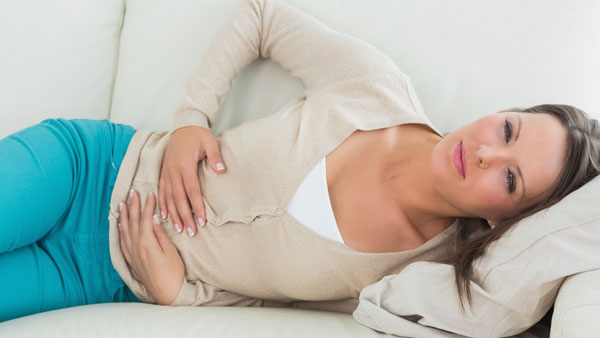
video

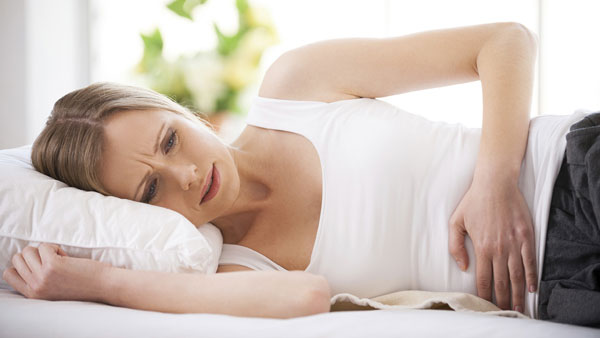
video

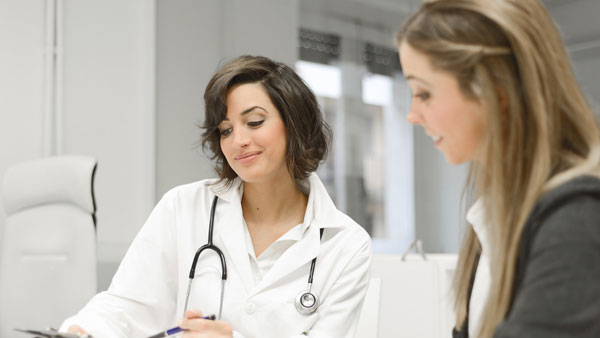
video


video


video
